How and why our appetite for art has changed

The power of imagery is undeniable.
Images are responsible for how we perceive and experience the world.
They shape how we feel.
A single image can enlighten us and can alter our mind space.
Every image we consume, consciously or otherwise, leaves a mark on us.
It was with this thought in mind that Visual Diet was launched back in 2019 (by Mimi Gray, formerly M&C Saatchi and MT Art). Born from a culture of mindless liking and deep scrolling, the campaign encouraged us to switch up our visual intake: rejecting anything that made us feel bad and opting instead for imagery that had a positive effect on our mood.
The idea behind Visual Diet was to empower people to take back control over their visual consumption by challenging the way we consume imagery and interact with social media.
In 2019, Mimi wrote: “Exposure to thousands of images daily can leave us feeling hollow, anxious and inadequate. These symptoms are aggravated at times when we feel we lack control over the imagery we are being fed.”
The past year in particular has limited our visual intake to what exists on the walls and screens that surround us.
Our homes have become our sanctuaries: our schools, offices, restaurants and even home galleries. Our social media has become our activism. A window to the outside world.
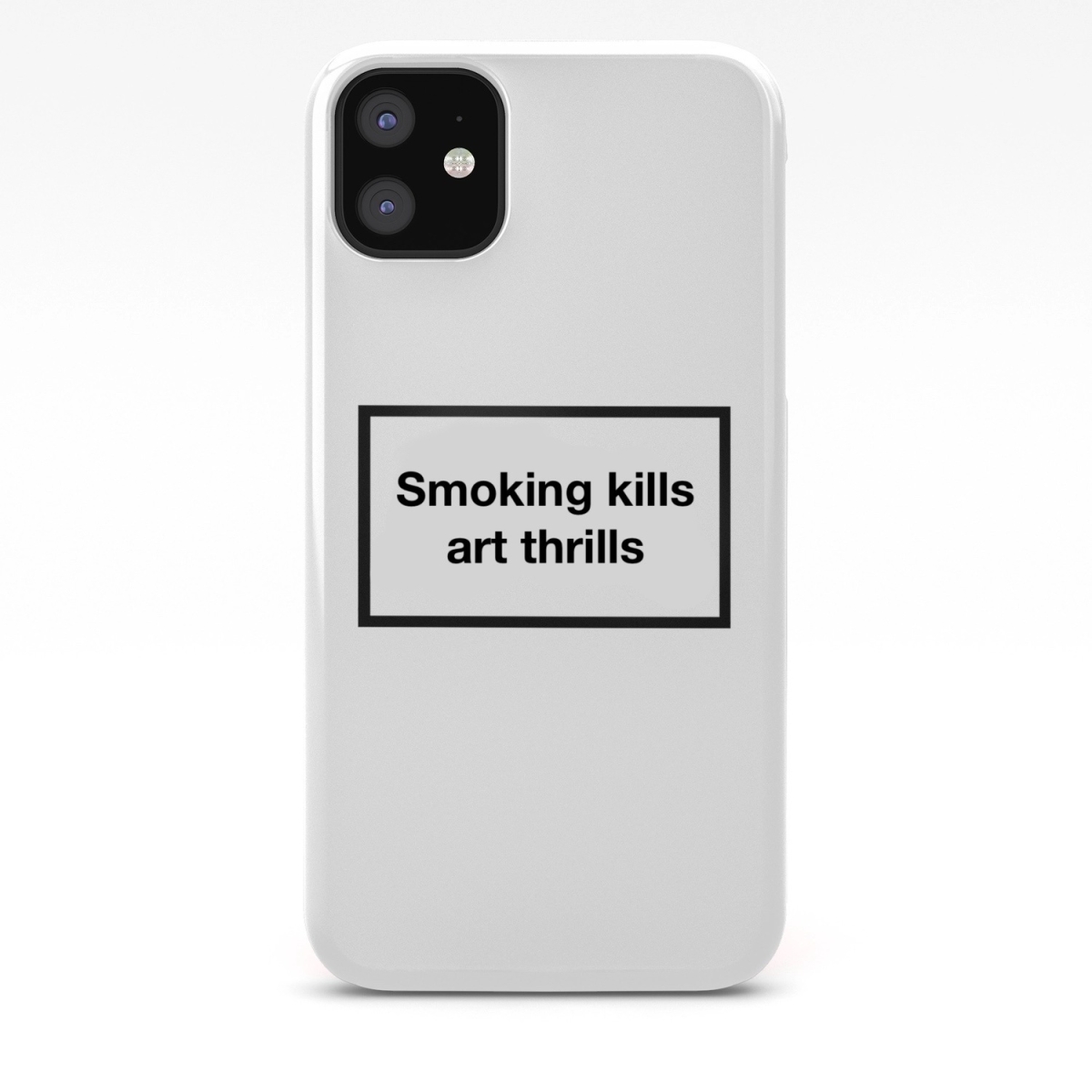
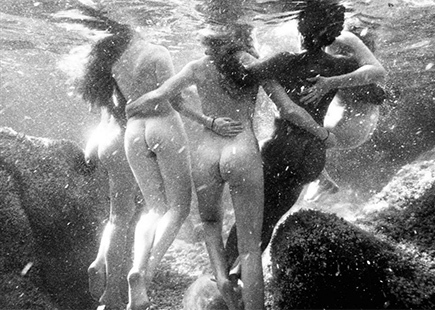
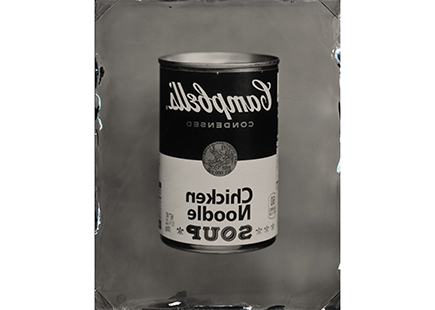
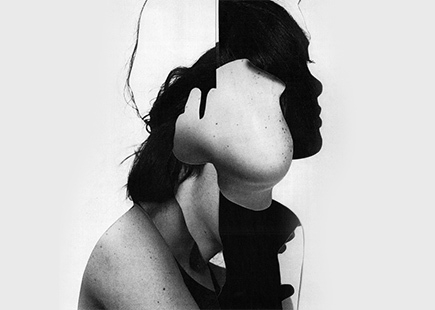
Our priorities have changed.
In some ways, this has given us greater autonomy to choose the kind of imagery we feed our minds. But as we know, we don’t always crave the things that are good for us.
One remarkable thing about the past year is our de-prioritising of celebrity and influencer content.
Those insisting that we were all ‘in the same boat,’ recycling old content from their vacationing in Bali. It was all just too much. We were in survival mode: forced to examine our mental health and do whatever was in our power to protect it.
For the first time in a long time, we saw real people as the heroes.
Frontline workers graced the cover of the world’s most famous fashion magazine. Acts of kindness and generosity became front-page news and ex-war veterans, icons. There was a shift in our values and what was important to us.
Brands re-assessed their visuals and their motives.
Exchanging slapstick humour for kinder, gentler communications focusing on the messages that really matter. In many ways, Covid hastened the speed of positive change.
Ben Golik, chief creative officer, M&C Saatchi, said:“As image-makers, we must acknowledge that we are mood-makers. Coming from an advertising viewpoint, I think the key word here is respect. Brands built on humanity, empathy and understanding have the power to shape positive culture and support better mental health. It’s no longer acceptable to create a feeling of void with the promise of capitalist fulfilment.”
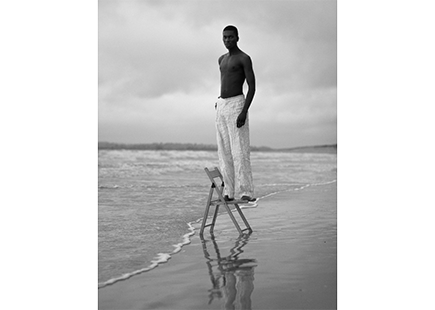
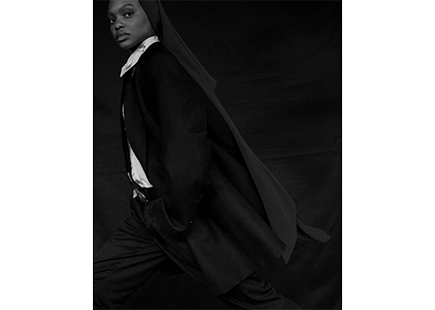
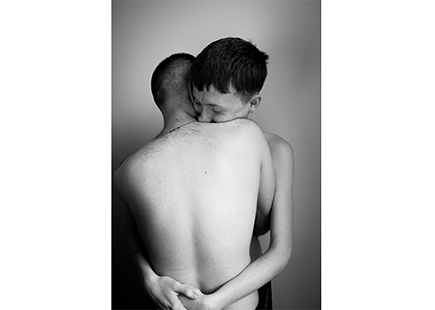
For the first time in history, art is now accessible to all.
Decentralised from major cities and their suburbs, major art events moved online; their ‘entry’ free.
The internet is your ticket and the rise of digital artworks have followed.
Darklight Art was founded on the belief that art and photography can be a positive force for change. We believe in art and its ability to transform our moods and transport us; to open our eyes to new perspectives and get outside our heads.
Art is the cure; the antidote to visual sugar that leaves us feeling low but craving more.
We want people to look at art, not simply as culture, but as something that nurtures our minds and helps us feel good, too. It no longer makes sense to think of art as the preserve of the elite. It needs to be for everyone.
Last year, when we asked creative director, Gem Fletcher the question ‘what is art in 2020,’ she answered:
“For me, art-making is about world-building. It’s imaginative work, untethered by constraints. It is a platform, a voice, a space to tease out agenda, ethics and values. It can bring us joy and liberation while also exposing trauma and injustice. It can build empathy and deepen consciousness. It functions as a guide through personal and collective crisis and awakening […] and it has a way of finding us when we need it most.”
If our visual diet is representative of what is going on around us then the visualisation of the shared human experience around the world in the past year has surely brought us closer together.
The world is in a strange place, life feels uncertain and we don’t know what’s around the corner. One thing we do know is that even when we’re at our lowest, we can look to art to bring us hope.
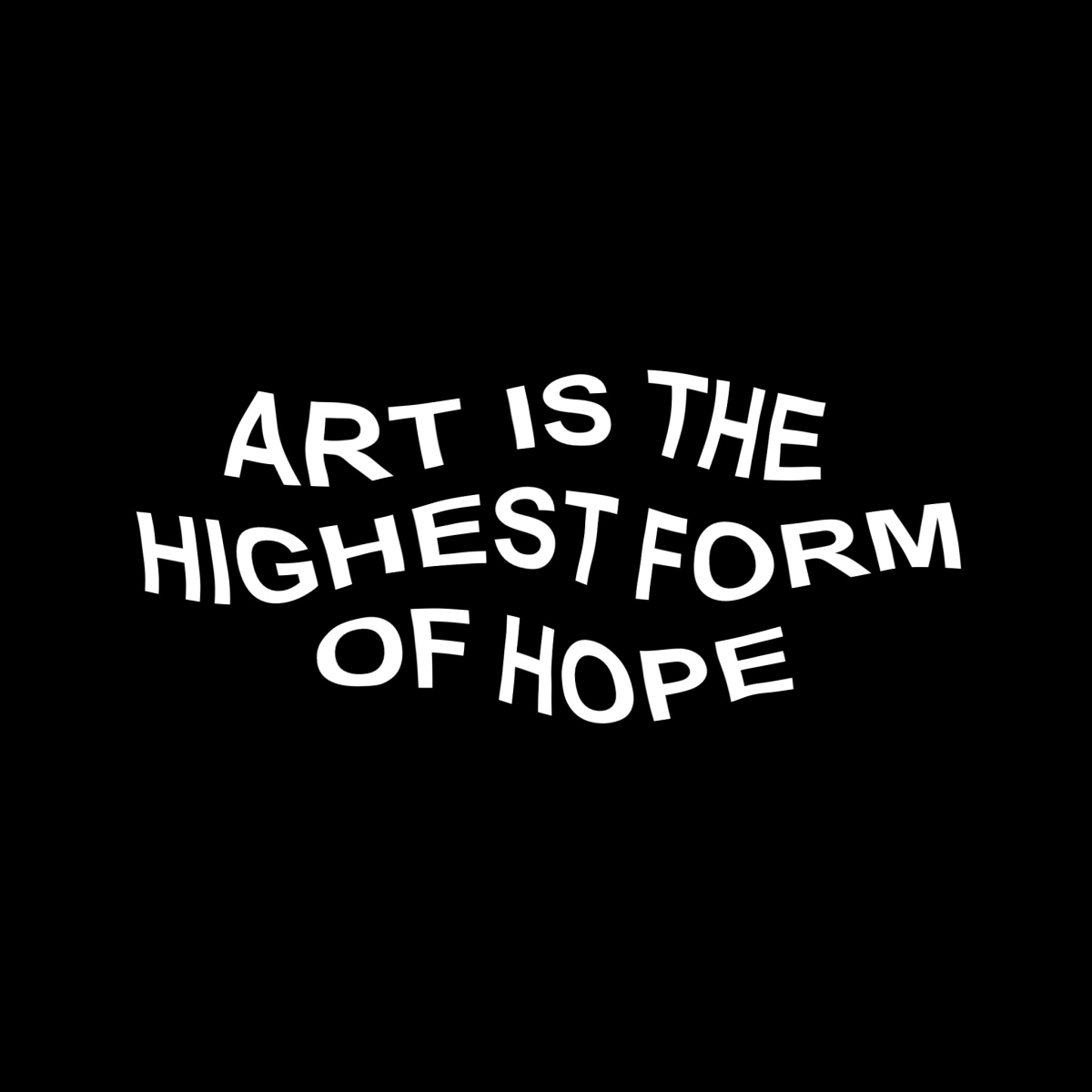
Image credits
Bonneville by Marco Walker (lead image)
Underwater by Kate Bellm
Chicken Noodle Soup by Tif Hunter
Untitled 3 by Jesse Draxler
Haruna by The Mason
Michuki by The Masons
Paul & Bailey by Sophie Mayanne
If you enjoyed this article, you can subscribe for free to our weekly email alert and receive a regular curation of the best creative campaigns by creatives themselves.
Published on:


